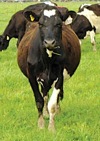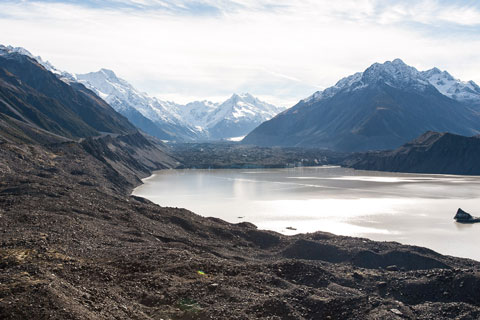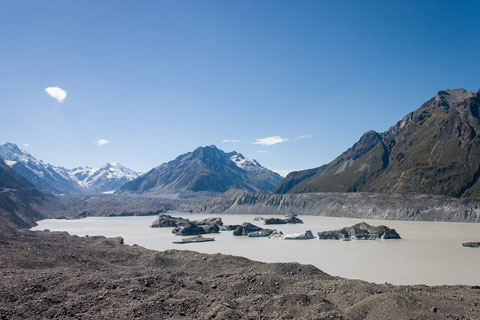This year’s NZ climate change conference is fast approaching, and I’ll be heading up to Palmerston North at the beginning of next month to cover proceedings for Hot Topic. The conference runs over June 4th and 5th at the Convention Centre, and covers just about every aspect of work on climate and related issues in NZ, organised under four main themes:
- The Physical Science
- Impacts, Vulnerability & Adaptation
- Mitigation
- Integration & Cross-cutting Issues
Keynote speakers are Professor Jon Barnett from the University of Melbourne, Andy Reisinger, Dave Frame and Professor Robert Anderson. I’ll be blogging/tweeting from the conference, and plan to post some short audio interviews with key participants. I’ll have to sing for my supper too — my abstract for a short talk entitled When two worlds collide: Communicating climate science on the internet ((Scheduled for 3-15pm on the 5th)) was accepted by the organisers.
In other conference news, Wellington readers might like to pitch up to Parliament on Friday, June 7th, where Green MP Kennedy Graham is organising a one day meeting “with the aim of fostering cross-party and public dialogue on climate change”. Speakers will include the UNFCCC’s Christina Figueres (by video) Dave Frame, Andy Reisinger, Adrian Macey, Judy Lawrence, HT’s own Cindy Baxter, Peter Weir, Suzy Kerr, Simon Terry, Jonathon Boston and more. Should be an interesting and worthwhile day: register (for free) here.

 This is a guest post by Dr Gavin Kenny ((Gavin has a PhD in agricultural meteorology, managed a European Union climate change project at Oxford University in the early 1990s, followed by eight years with a research group at University of Waikato. He has worked independently since 2001.)), a New Zealand scientist who has worked on agricultural adaptation to climate change in NZ and world wide. He has a very interesting and informed perspective on the sorts of things NZ agriculture should be doing to address climate change as it happens — exactly the sort of conversation we need to have on this big issue. The article
This is a guest post by Dr Gavin Kenny ((Gavin has a PhD in agricultural meteorology, managed a European Union climate change project at Oxford University in the early 1990s, followed by eight years with a research group at University of Waikato. He has worked independently since 2001.)), a New Zealand scientist who has worked on agricultural adaptation to climate change in NZ and world wide. He has a very interesting and informed perspective on the sorts of things NZ agriculture should be doing to address climate change as it happens — exactly the sort of conversation we need to have on this big issue. The article  Why not devote 15 minutes of your time to a good cause? John Cook of
Why not devote 15 minutes of your time to a good cause? John Cook of  Any day now the Mauna Loa carbon dioxide measurement station is going to bump through 400 part per million, and stay there for a week or two. In my
Any day now the Mauna Loa carbon dioxide measurement station is going to bump through 400 part per million, and stay there for a week or two. In my 
